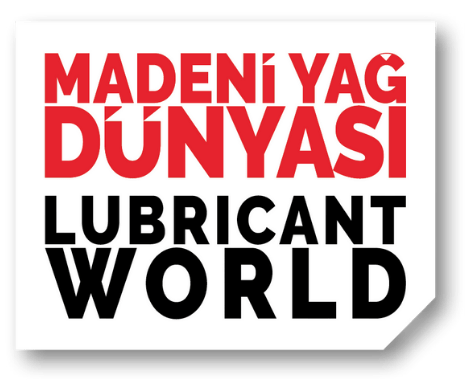Today, extensive research continues to achieve high performance in lubricants, because the properties of current lubricants in today’s technology are still not perfect. Lubricant additives are an effective way to improve performance. At present, advanced lubricants generally consist of base oils and additives. The base oil, which is the main component of the lubricant, determines its primary properties. Additives are used in small amounts in oil formulations, but play an important role in giving new properties or compensating for and minimizing the disadvantages in the base oil. Many additive agents, such as friction modifiers, antiwear additives, corrosion inhibitors, viscosity index improvers, extreme pressure additives, antioxidants, and antifoam additives have been developed for use in special applications and for providing easy sliding action on the surfaces with desired properties. Due to the difficulties caused by the current energy crisis, there is also a growing demand for high performance lubricant additives with better friction reducing and wear resistance properties.
The relationship between friction coefficient, viscosity of the lubricant, the load on the system, and the shear rates of the surfaces is graphically displayed for the bearings in the support element group commonly used in machines or systems, which is known as the “Stribeck Curve”.

These graph usually has friction coefficient in the vertical axis, and the horizontal axis can be expressed only in terms of velocity or hn/P dimensionless. In the dimensionless expression, h represents the dynamic viscosity of the lubricating fluid, n represents the shear rate, and P represents the load per unit bearing surface. When the hn/P value is reduced to a minimum level, the friction coefficient is also reduced. For a general bearing this minimum value is approximately 0.001 – 0.002, and it can be regarded as the ideal hydrodynamic lubrication condition. This point is the transition point, and the friction coefficient increases due to the metal contact on moving surfaces. The increase in friction coefficient continues with the increase in contact. This area is called mixed lubrication area, and the typical friction coefficient value for this area is between 0.02 and 0.10. When the film is too thin, the friction coefficient becomes independent of the lubricant’s viscosity, speed and load and can reach a value of 0.25. This area is called border lubrication conditions.
The next graph shows the friction coefficient for a bearing (Stribeck Curve), the oil film thickness and the change in wear with hn/P. It also indicates the relation of oil additives with the Stribeck Curve.





